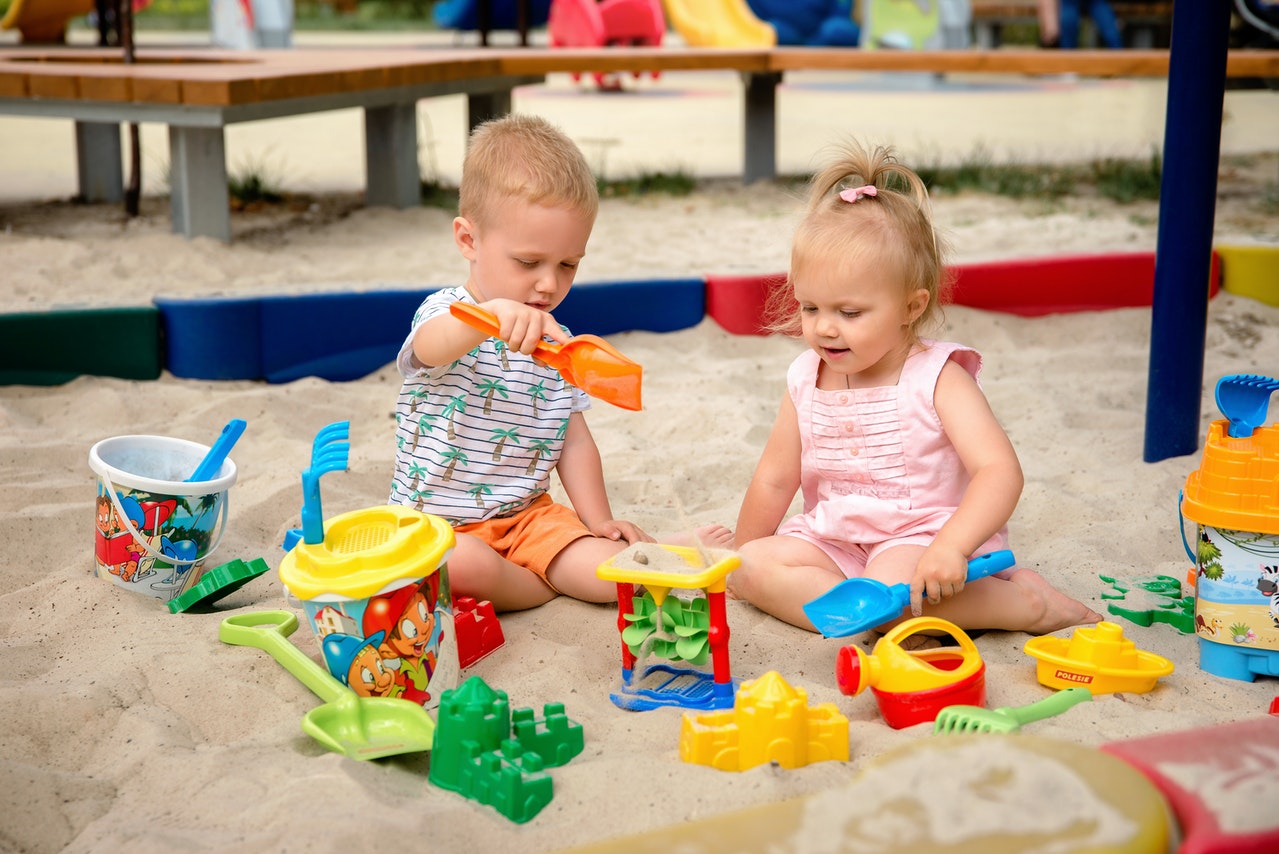
Written by: Nicole Corriveau, M.S., OTR/L
Occupational Therapist
Sensory processing is complicated. Many of our kids struggle with some aspect of sensory processing and it can be difficult for caregivers to attend to their needs if they don’t have a thorough understanding of their child’s sensory processing challenges. First and foremost, if you do have concerns, receiving an occupational therapy evaluation and treatment is the most helpful. Many pediatric occupational therapists are experts in sensory processing and can tailor a treatment plan for your child’s individual needs. Good news, we have two very skilled occupational therapists here at Small Talk! So where do we begin?
Our Eight Senses
- Vision
- Tactile (touch)
- Auditory (hearing)
- Olfactory (smell)
- Gustatory (taste)
- Vestibular (balance)
- Proprioceptive (movement/body awareness)
- Interoceptive (internal)
Most people have an understanding of the first five senses, but the last three (vestibular, proprioceptive, and interoceptive) can be confusing or unknown. Below is more information about these less commonly talked about sensory systems.
Vestibular
The vestibular system is made up of receptors in the inner ear that are sensitive to any change in position, direction, or movement of the head. These receptors are constantly helping us to understand where our head and body are in space. They help with our balance and spatial orientation, which makes it a very important system to have in working order for us to interact with our surroundings.
Proprioception
The proprioceptive system consists of sensory receptors in the joints and muscles of the body that provide feedback for the body’s position in space. This sensory system also regulates the directions we move in and the amount of force that is needed when moving. The proprioceptive sense is activated when experiencing pressure or movement of limbs to push, pull, lift, or hang.
Interoception
Interoception provides an understanding and feeling for what is going on inside of our bodies. Sensations such as hunger, thirst, bathroom needs, heart rate, breathing rate, temperature, and emotional regulation are all a part of this system.
Sensory Red Flags
- Visual:
- Decreased visual attention and/or distracted by visual stimuli
- Bothered by bright lights OR prefers bright lighting
- Prefers bright colors or patterned clothing
- Requires assistance to find objects that are in clear view
- Tactile:
- Preference for, or aversion to, certain clothing
- Dislike of messy hands/face OR oblivious when messy
- Dislike of tactile input/play (i.e., walking on grass/sand, playing with Play Doh, kinetic sand, etc.)
- Distress during grooming tasks (i.e., haircuts, face washing, fingernail cutting, etc.)
- Over-touching of objects or textures
- Seems unaware of temperature changes OR sensitive to temperature changes
- Dislikes being touched by others OR constantly touching objects/people
- Auditory:
- Appearing overwhelmed or frightened by certain sounds
- Covering ears when there is a loud, unexpected noise
- Misinterpreting spoken information or missing parts of spoken sentences
- Constant singing/humming to self or making strange, loud noises
- Easily distracted with noise in their environment
- Seems to ignore the person that is speaking to them
- Smell:
- Craves certain smells
- Does not understand safe versus dangerous smells
- Gags when presented with a smell that others don’t notice to be unpleasant, which may impact mealtime
- Taste:
- Picky eater, especially with different food textures
- Gags easily from certain food textures or utensils in mouth
- Puts non-food objects in their mouth (i.e., hands, pencils, toys, etc.)
- Shows a strong preference for certain tastes or textures
- Vestibular:
- Constantly “on the move” OR fearful of movement
- Cautious on the playground or while going up and down stairs/curbs
- Difficulties with coordination and/or motor planning and sequencing of movements
- Challenges with sitting still and paying attention
- Gets dizzy easily OR does not get dizzy
- Craves intense and/or unsafe movement experiences, such as jumping on bed or off of furniture
- Seems accident-prone/clumsy
- Proprioception:
- Difficulties with body awareness
- Challenges with planning novel/new motor movements
- Difficulties knowing where own body is in space in relation to others (i.e., stands too close to others, bumps into them, etc.)
- Walks with heavy, loud feet
- Difficulties with handwriting and drawing (i.e., presses too hard or too light with writing utensil)
- Uses a lot of force when playing with toys/objects, to the point of breaking accidentally
- Challenges with lifting objects that are not too heavy
- Interoception:
- Under-reactive OR over-reactive to pain input
- Under-reactive OR over-reactive to temperature changes
- Difficulties with potty training
- Seems to always be hungry OR never hungry
- Challenges identifying a part of the body that hurts
- Difficulty regulating emotions and feelings
- Distracted by internal sensory input, such as own heartbeat or breathing patterns
- Unable to tell how loud their own voice is
This is just an introduction to sensory processing and red flags that may be identified within each of the sensory systems. The next blog post (Crash Course on Sensory Processing: Part Two) will go in-depth about different sensory thresholds and how kids can present when in specific sensory categories. Stay tuned! In the meantime, you can find us on Facebook and follow us on Instagram @smalltalkspeechmi!
